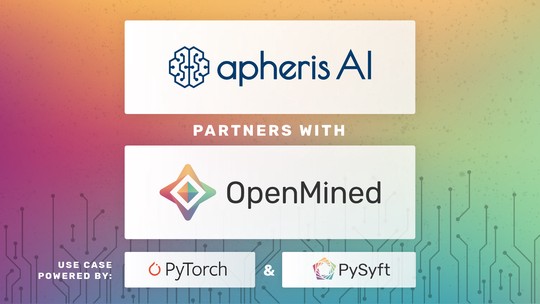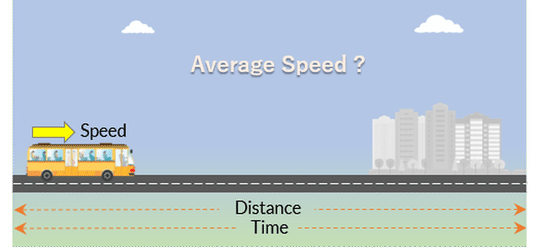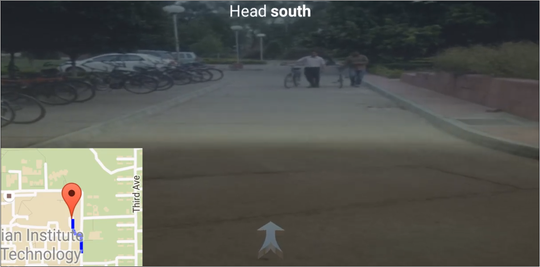Varun Kumar Khare
Graduate
Indian Institute of Technology Kanpur
Biography
I am currently leading the Federated Learning team at OpenMined where we are building the first open source library for privacy preserving machine learning. Prior to this, I was a research scholar at UC Berkeley working on neural program synthesis.
I finished my undergraduate studies from IIT Kanpur in Computer Science and Engineering. After graduation, I went for a year long stint at MPI for Brain Research as a visiting research scholar exploring the intricacies of human brain.
My research interest lie in Machine Learning with a predilection for program synthesis, computer vision, and security.
Checkout my Resume. The details of the ongoing as well as past projects can also be found below.
Interests
- Machine Learning
- Privacy and Security
- Mixed/Augmented reality
- Cognitive Science
Education
-
BTech in Computer Science and Engineering, 2019
Indian Institute of Technology, Kanpur




